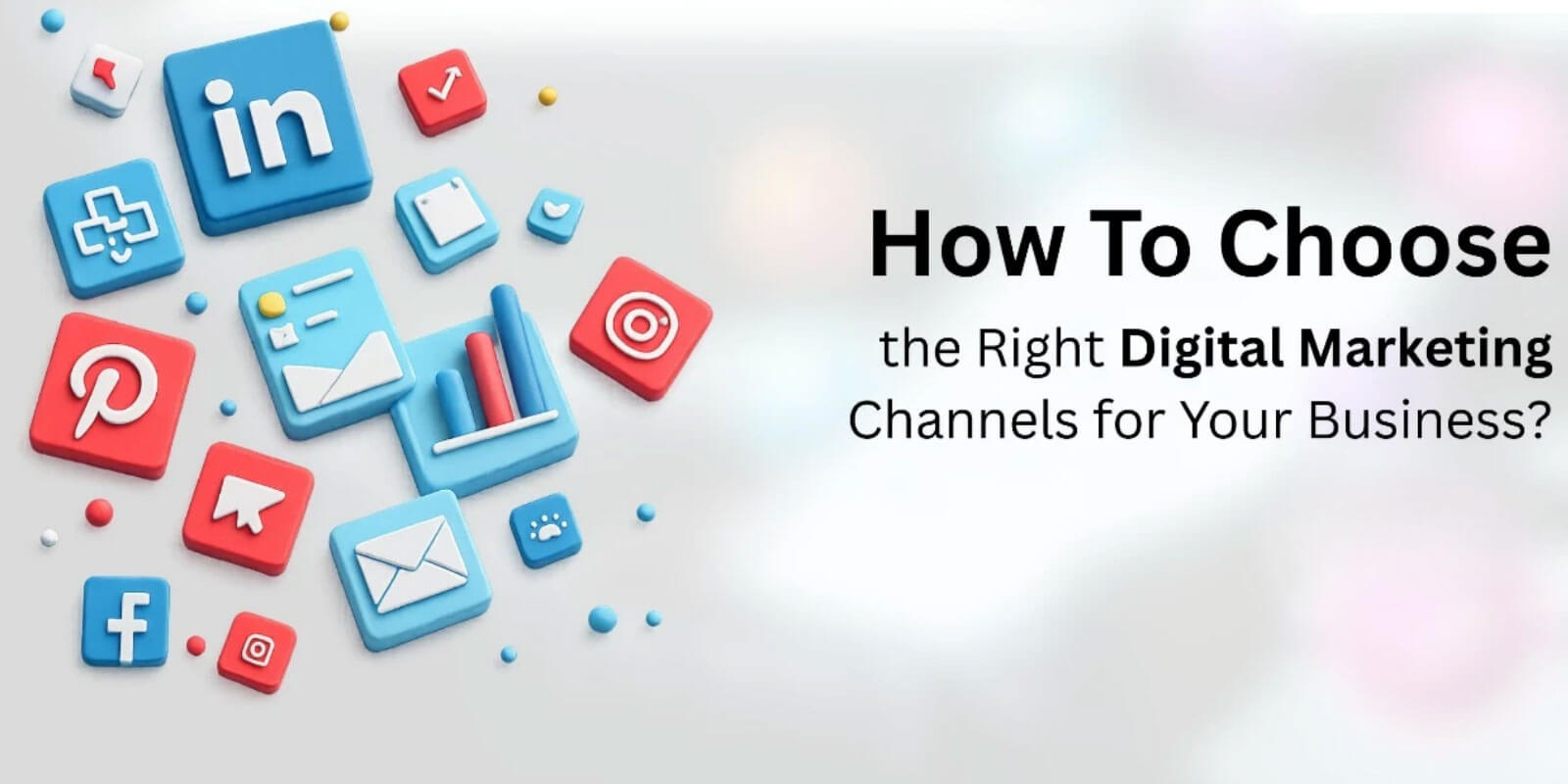| Dubai, UAE — Apr 30, 2024
How to Choose the Right Digital Marketing Channels
In today’s digital-first world, businesses have endless opportunities to reach their audiences. From social media platforms to search engines, email campaigns, influencer partnerships, and content marketing, the choices are vast. However, not every channel is suitable for every business. Choosing the right digital marketing channels requires a strategic approach based on goals, audience behavior, budget, and resources. The first step is to clearly define your marketing goals. Are you trying to increase brand awareness, generate leads, drive sales, or improve customer loyalty? Each goal aligns better with certain channels. For instance, search engine optimization (SEO) and pay-per-click (PPC) advertising are effective for generating leads and conversions, while social media platforms like Instagram or TikTok are more suitable for building brand awareness and engagement. Email marketing, on the other hand, works best for nurturing relationships and encouraging repeat purchases. Understanding your audience is equally critical. A successful digital strategy depends on knowing where your target customers spend their time online and what type of content they prefer. If you are targeting young adults, platforms such as TikTok or Snapchat may deliver stronger results. For professionals, LinkedIn is more effective. Tools like customer surveys, social listening, and analytics can reveal these preferences and help businesses focus their efforts. Budget also plays a vital role. Some channels, such as SEO and content marketing, require long-term investment but deliver sustainable results. Paid advertising, while potentially expensive, offers quick visibility and precise targeting. Businesses must evaluate their available resources and decide whether to prioritize short-term gains or long-term growth. Often, a balanced mix of both is the most effective strategy. Competitor analysis can provide valuable insights when selecting channels. By examining where competitors are active, how they engage their audience, and which strategies yield results, businesses can identify opportunities or gaps. However, blindly copying competitors is risky. The key is to adapt insights to your unique brand identity and audience needs. Measurement and adaptability are essential for success. Once channels are selected, businesses must set key performance indicators (KPIs) to track results. Metrics such as website traffic, conversion rates, click-through rates, and engagement levels reveal which channels are delivering value. If one platform underperforms, resources should be reallocated to more effective ones. Flexibility ensures that marketing efforts remain relevant in a constantly changing digital environment. It is also important to align channel selection with the type of content a business can consistently produce. Video-heavy platforms like YouTube and TikTok require a steady stream of creative videos, while LinkedIn favors professional insights, articles, and thought leadership posts. Choosing a channel without the ability to sustain content creation can quickly lead to wasted effort. Finally, businesses should recognize that no single channel works in isolation. An integrated, multi-channel strategy often achieves the best results. For example, content published on a blog can be repurposed for email newsletters and social media. Paid ads can drive traffic to optimized landing pages, while SEO ensures long-term discoverability. The synergy between channels amplifies overall performance and maximizes return on investment. In conclusion, choosing the right digital marketing channels is about aligning goals, audience preferences, budget, and resources. By combining research, strategic planning, and ongoing evaluation, businesses can build campaigns that resonate with their audience and achieve sustainable growth. The right channels are not simply the most popular ones but those that connect meaningfully with the people who matter most to your business.
